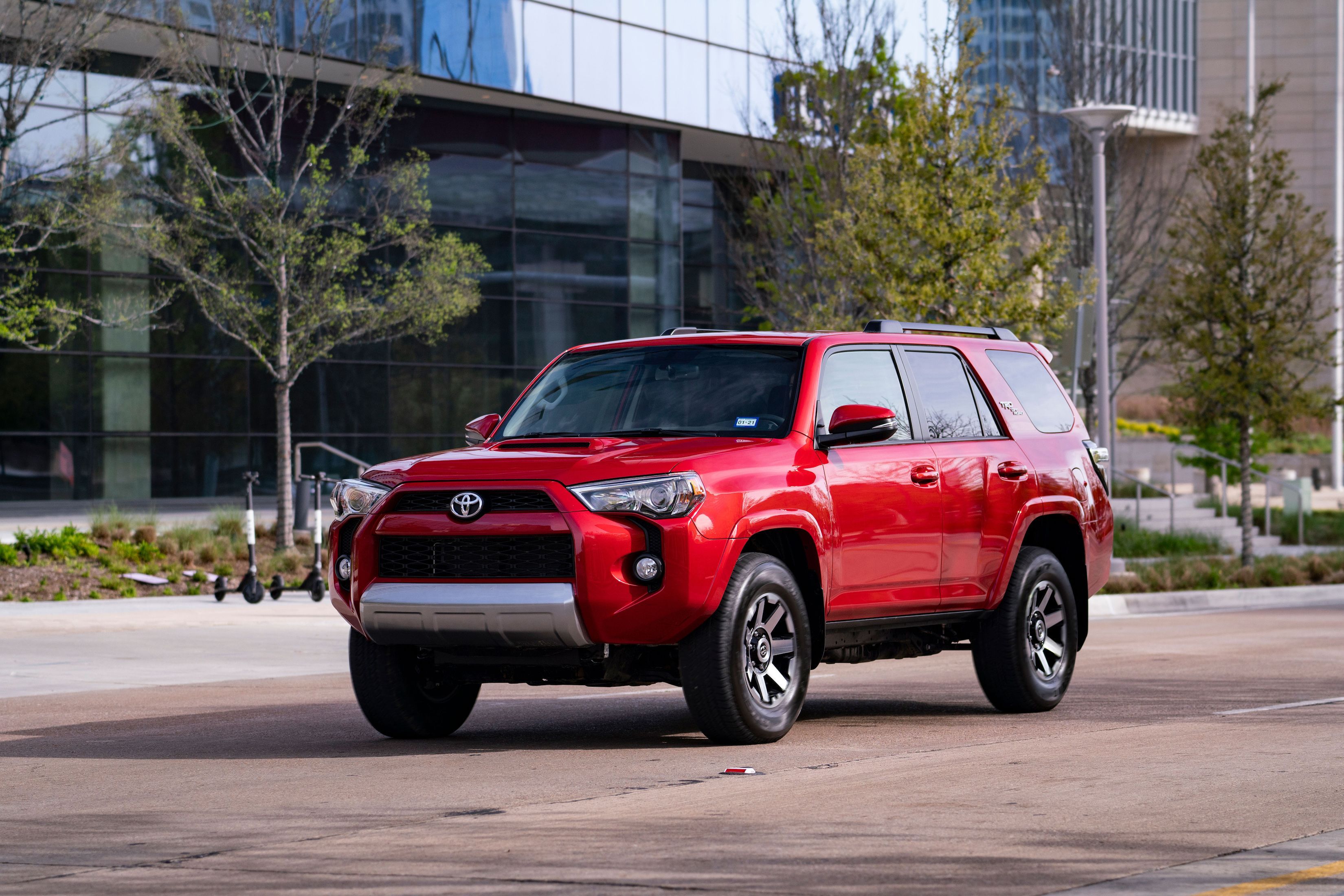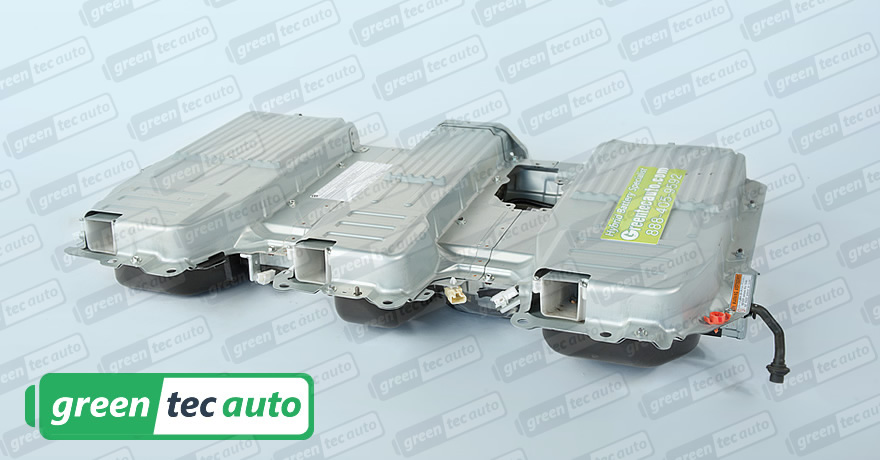The Toyota Sienna Security Indicator Light is a vital part of the security system, indicating its operational status for maintaining security integrity. It illuminates when the system is active, alerting to unauthorized entry attempts or system malfunctions. Understanding dashboard indicators is crucial for prompt action. Different colors and behaviors convey security conditions like activation, alarm, or deactivation. Common reasons for activation include key recognition issues and faulty sensors. Troubleshooting involves diagnosing, reprogramming keys, and seeking professional assistance. For a detailed understanding of this indicator and preventive maintenance tips, exploring further will provide valuable insights into ensuring the security system's effectiveness.
What is the Toyota Sienna Security Indicator Light?
The Toyota Sienna Security Indicator Light, a key element of the vehicle's security system, signals the system's operational status. When this light illuminates on the dashboard, it indicates the security system is active.
Drivers should monitor this light for any changes that could signify security issues. Prompt attention to these signals is crucial for maintaining the vehicle's security integrity.
Understanding dashboard indicators, including the security light, is vital for safeguarding the Toyota Sienna.
Why Does the Security Indicator Light Come On in My Toyota Sienna?
The Toyota Sienna Security Indicator Light illuminates due to specific security events. Key reasons include unauthorized entry attempts, security system malfunctions, or key fob issues. The light warns of potential security breaches.
Immediate action is necessary to secure the vehicle. Persistent illumination suggests a critical problem needing expert examination.
How to Interpret the Toyota Sienna Security Indicator Light
Decoding the Toyota Sienna Security Indicator Light involves recognizing various signals it emits. The light's color and behavior indicate the vehicle's security condition. Here's a simplified guide:
| Light Color | Behavior | Interpretation |
|---|---|---|
| Red | Constant | System activated |
| Red | Flashing | Alarm activated |
| Green | Constant | System deactivated |
| Off | N/A | System inactive |
This concise guide assists Toyota Sienna owners in quickly understanding their vehicle's security state.
Common Reasons for the Toyota Sienna Security Indicator Light to Activate
When the Toyota Sienna Security Indicator Light activates, it can signal key recognition issues, problems with the immobilizer system, faulty wiring, or sensors, or even battery problems affecting the security system.
These common reasons may require diagnostics by a qualified technician to pinpoint and address the underlying cause for the activation of the security indicator light.
Understanding these potential issues can help Toyota Sienna owners address security concerns promptly and effectively.
Key recognition issues
The Toyota Sienna Security Indicator Light may turn on due to key recognition problems. These problems can stem from a few sources:
- A depleted key fob battery
- Damage to the key fob
- Electronic device interference
- Incorrect key fob programming
- The vehicle's immobilizer system not recognizing the key
To prevent these issues, ensure the key fob is undamaged, the battery is charged, and the key is correctly programmed as per the manufacturer's instructions. If the Security Indicator Light remains on, seek assistance from a certified technician for diagnosis and repair.
Problems with the immobilizer system
Faults in the Toyota Sienna's immobilizer system often trigger the Security Indicator Light. This system, crucial for preventing unauthorized engine activation, relies on a correct key's transponder chip and an operational immobilizer unit.
Faulty chips or a malfunctioning unit can illuminate the indicator, leading to start-up failures or engine shutdowns soon after ignition.
Immediate inspection and repair by a skilled technician are necessary to maintain vehicle security and functionality.
Faulty wiring or sensors
The Toyota Sienna's Security Indicator Light might illuminate due to faulty wiring or defective sensors in the vehicle's security apparatus.
Faulty wiring disrupts communication among security components, triggering the indicator. Defective sensors, such as door or motion detectors, can falsely activate the indicator.
Loose, corroded, or damaged wiring connections impair the security system's functionality, causing the indicator to light up. Regular maintenance of wiring and sensors is crucial to prevent false alarms and ensure efficient operation of the security system.
Battery problems affecting the security system
Battery problems frequently activate the Toyota Sienna's Security Indicator Light, affecting the vehicle's security system. A weak or failing battery creates voltage fluctuations, which the security system mistakenly perceives as a security risk, lighting up the Security Indicator Light as a warning.
Furthermore, insufficient battery power compromises the functionality of security components like the alarm or immobilizer, potentially causing operational failures. Regular battery checks and maintenance are crucial for preventing these issues and ensuring the security system functions effectively.
Troubleshooting the Toyota Sienna Security Indicator Light
When the Toyota Sienna Security Indicator Light illuminates, troubleshooting becomes essential.
Steps to diagnose the issue, trying to reprogram your key, and checking the battery and connections are key points to address.
Understanding these aspects can help determine the root cause of the indicator light activation.
Steps to diagnose the issue
When the Toyota Sienna Security Indicator Light blinks rapidly while the vehicle is off, it suggests a possible unauthorized entry attempt. First, confirm all doors, the hood, and the trunk are fully closed.
If the light continues, test with an alternate key, as the problem may stem from the key itself. Check the key fob's battery; a depleted battery can activate the security light.
Should these steps not rectify the issue, consulting a certified Toyota technician for a thorough diagnosis and solution is advisable.
When to try reprogramming your key
Consider reprogramming your Toyota Sienna key when you encounter issues with the Security Indicator Light. If this light flashes or remains lit using a functional key, reprogramming may solve the problem. This process aligns the key's code with the car's security system, ensuring they communicate correctly.
Check the vehicle's manual or seek professional advice before reprogramming. This step, often straightforward, addresses Security Indicator Light troubles effectively, avoiding more complex solutions.
Checking the battery and connections
To diagnose the Toyota Sienna Security Indicator Light, first inspect the battery terminals for corrosion and ensure they are secure. Corroded or loose terminals can interrupt the electrical supply to the security system, activating the indicator.
Then, assess the battery's charge capacity. A deteriorating battery may lead to voltage instability, potentially triggering the security light.
Also, scrutinize the wiring connections to the security system for damage or disconnections. Rectifying issues with the battery and connections can efficiently mitigate Security Indicator Light problems.
How to Reset the Toyota Sienna Security Indicator Light
Resetting the Toyota Sienna Security Indicator Light can be done following a simple step-by-step guide, ensuring the system returns to normal operation.
However, in cases where the issue persists or seems complex, it is advisable to seek the expertise of a professional diagnostic service to accurately pinpoint and address the problem.
This proactive approach can help prevent potential security or operational issues with the vehicle.
Step-by-step guide
Step 1: Ensure the vehicle is securely parked and the engine is turned off.
Step 2: Insert the key into the ignition.
Step 3: Turn the key to the 'On' position without starting the engine. Wait for the security light to start blinking and then turn off.
Step 4: Turn the key back to the 'Off' position.
Step 5: Repeat Steps 2 to 4 two more times, making it a total of three cycles.
Step 6: Start the engine to check if the security indicator light has been successfully reset.
Step 7: If the light persists, consider further troubleshooting or seeking professional assistance.
When a professional diagnostic is advisable
Consulting a professional technician is essential if you are unable to reset the Toyota Sienna Security Indicator Light after following the standard steps.
Experts possess the necessary skills and tools to thoroughly investigate the issue, uncovering any hidden faults that may keep the light active.
They can conduct detailed diagnostics to identify the root cause, be it a defective sensor, a wiring problem, or a malfunction in another component.
This approach ensures the security indicator light is accurately reset, addressing any potential security risks or faults effectively.
Prioritize your safety and vehicle security by seeking expert assistance.
Preventing Future Issues with Your Toyota Siennas Security System
To ensure the optimal functioning of your Toyota Sienna's security system, it is crucial to adhere to regular maintenance schedules and inspections.
Using genuine parts and keys recommended by the manufacturer can significantly reduce the risk of malfunctions and security breaches.
Regular maintenance tips for the security system
Maintain your Toyota Sienna's security system effectively with these essential practices:
- Check and replace key fob batteries regularly to avoid access issues.
- Clean sensors and cameras to ensure clear visibility and precise detection.
- Inspect wiring and connections to avoid malfunctions or electrical issues.
- Have a qualified technician perform routine inspections to catch and fix problems early.
Importance of using genuine parts and keys
Ensuring the use of genuine Toyota Sienna parts and keys is crucial for maintaining the vehicle's optimal functionality and security. Genuine parts, designed specifically for the Toyota Sienna, fit perfectly and operate seamlessly, reducing the risk of security system malfunctions.
Authentic keys are vital for the correct operation of the transponder system, protecting against unauthorized access and potential security breaches. Non-genuine parts often fall short of original component standards, leading to compatibility issues or system failures.
Investing in authentic Toyota Sienna parts and keys not only protects against security threats but also enhances the vehicle's lifespan and performance, ensuring reliability on the road.
When to Visit a Professional: Understanding Serious Warnings
When the security indicator light on your Toyota Sienna flashes or remains illuminated, it may be a sign of a serious issue that requires professional attention.
Visiting a mechanic promptly can help diagnose the problem accurately and prevent potential safety hazards down the road.
Understanding the importance of addressing these warnings promptly can ensure the security and functionality of your vehicle.
Signs that indicate a trip to the mechanic is necessary
Monitoring your vehicle for signs that necessitate a mechanic's visit is crucial for its longevity and safety. Here are four major indicators:
- Warning Lights: Do not ignore dashboard warning lights. They often signal severe issues that can worsen if not addressed.
- Unusual Noises: Sounds like grinding, squealing, or knocking from your vehicle can indicate problems needing urgent attention.
- Leaks: Any fluid leaks, including oil, coolant, or brake fluid, under your vehicle are serious. They suggest leaks in vital systems.
- Decreased Performance: If starting the engine becomes difficult, power reduces, or fuel efficiency drops, these could point to problems requiring a professional's diagnosis and repair.
What to expect during professional diagnostics and repair
When addressing issues like the Toyota Sienna Security Indicator Light, it's essential to consult experts. These professionals use sophisticated diagnostic tools to identify the problem's root cause accurately. They conduct a detailed examination of the vehicle's electronics, wiring, and all components linked to the security indicator light.
Through careful inspection and testing, they can detect defective sensors, broken security modules, or wiring faults causing the light to activate. Relying on skilled technicians ensures that your Toyota Sienna's complex problems are resolved, maintaining its reliability and safety.
FAQs: Toyota Sienna Security Indicator Light
When the Toyota Sienna security indicator light starts blinking, it can raise concerns for drivers.
Understanding why it blinks, knowing if it's safe to drive with the light on, and discerning between a false alarm and a genuine security issue are common questions that arise.
Addressing these points will help drivers navigate the situation with their Toyota Sienna's security indicator light.
Why does my Toyota Sienna security light keep blinking?
The Toyota Sienna security light blinking persistently may point to an issue within the vehicle's security apparatus. Consider these potential causes:
- Break-In Attempt: The blinking light might be alerting you to a recent unauthorized attempt to access the vehicle, activating the security system's alert state.
- Sensor Malfunction: A defective sensor could be falsely triggering the security light, suggesting an inspection or replacement is necessary.
- Weak Battery: The security light flashing intermittently can indicate a low battery, highlighting the need for a power source evaluation.
- System Reset Needed: In some instances, resetting the security system may correct malfunctions causing the light to blink without cease.
This concise explanation removes unnecessary words and focuses on clear, straightforward information, adhering to Hemingway's principles for writing.
Can I drive my Toyota Sienna if the security light is on?
Driving a Toyota Sienna with the security light on requires understanding its implications. The security light signals issues with the vehicle's security system, which might affect its functionality. Before driving, assess the situation for safety. The table below outlines scenarios involving the security light and driving safety.
| Scenario | Safe to Drive? |
|---|---|
| Security light on due to false alarm | Yes |
| Security light on indicating a real problem | No |
| Security light continuously on | No |
| Security light flashing rapidly | No |
| Security light on without other issues | Yes |
Drive only if the security light signals a false alarm or no other issues are present. Otherwise, investigate the problem.
How do I know if its a false alarm or a genuine security issue?
When the Toyota Sienna's security indicator light activates, it's essential to determine whether it's signaling a false alarm or a genuine security concern. Here are steps and signs to guide your assessment:
- Verification: Check if there's an obvious reason for the alarm, such as a door not fully closed or an object on the seat triggering the sensor. This step can quickly help identify false alarms.
- Consultation: Review the vehicle's manual or contact the dealership for insights on common triggers of the security indicator. This knowledge can aid in distinguishing between normal operation and actual threats.
- Observation: Monitor the car for any unusual activities or signs of tampering. Genuine issues might include visible damage or the car behaving erratically (e.g., lights flashing without cause).
- Action: If a genuine security issue is suspected, take immediate steps to resolve it, such as contacting security professionals or the police. Addressing real concerns promptly can prevent potential harm or loss.
Conclusion
The Toyota Sienna Security Indicator Light plays a vital role in vehicle safety, signaling potential security breaches or malfunctions. Recognizing the reasons behind its activation, including key system errors or unauthorized vehicle entry attempts, is essential for timely troubleshooting.
Drivers should familiarize themselves with this indicator's functions and promptly address any alerts to maintain their Sienna's security. Proactive measures, such as regular maintenance checks, alongside immediate consultation with automotive professionals upon unusual indicator behavior, are key strategies for safeguarding the vehicle.






